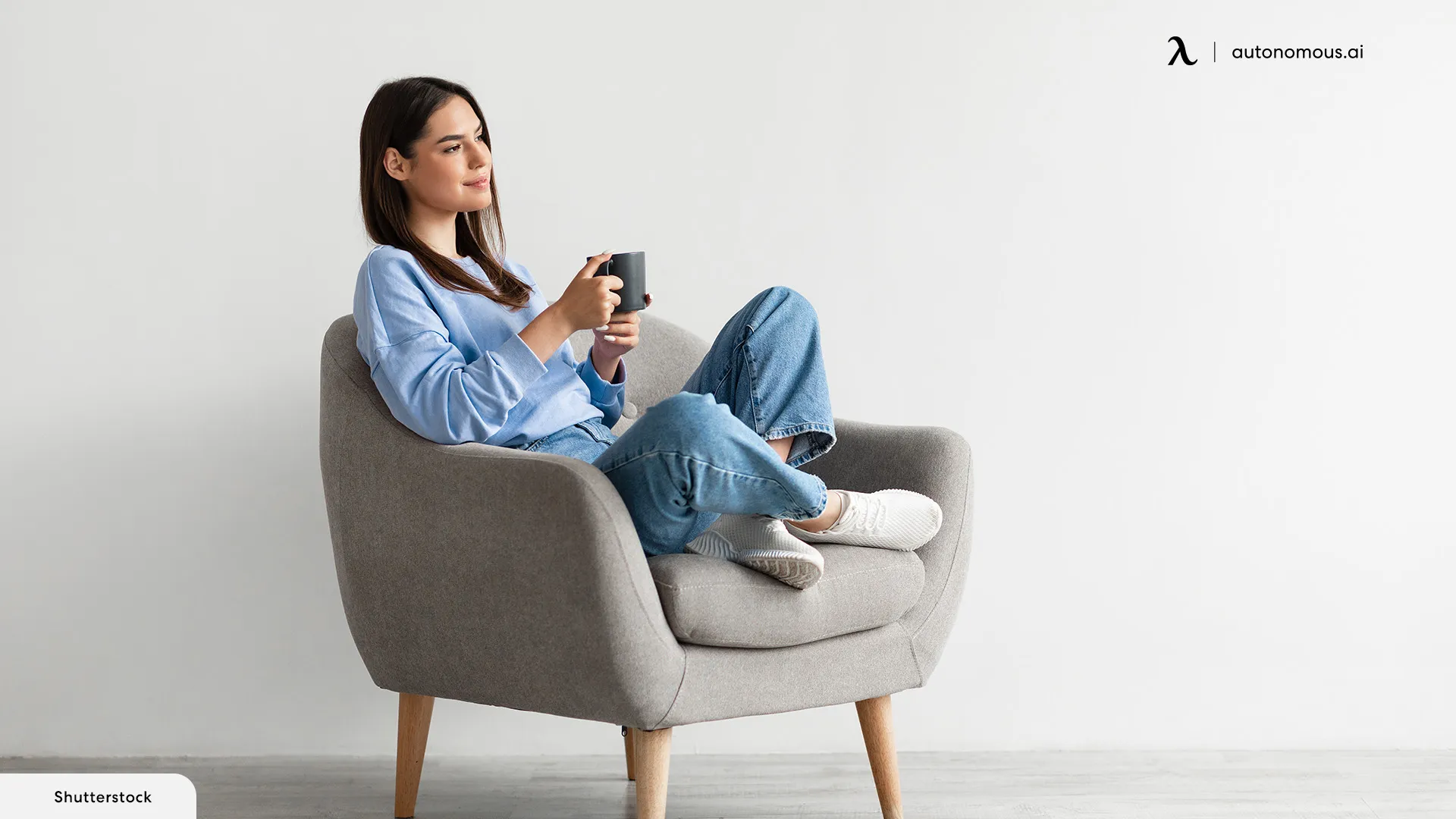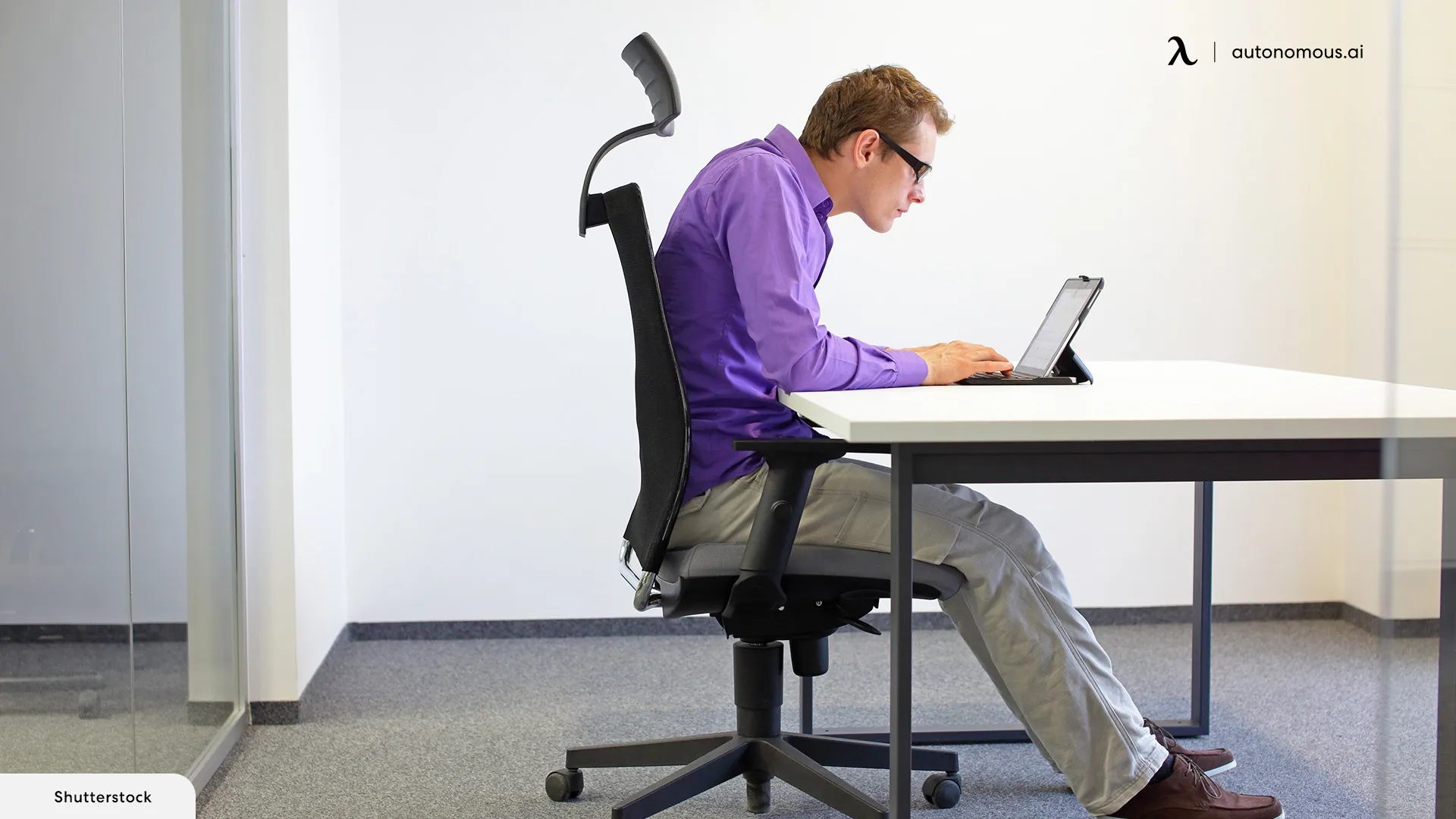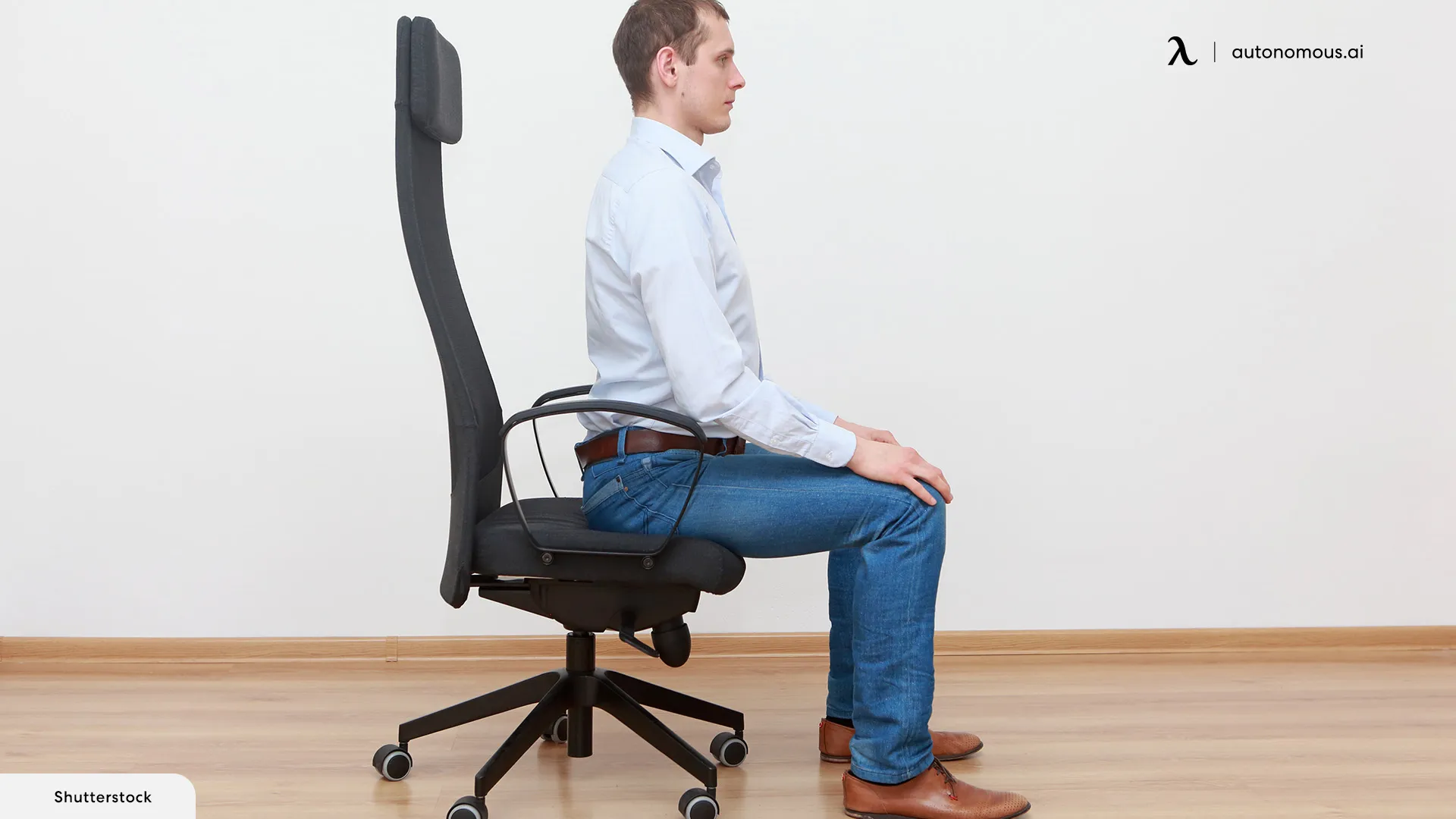
ADHD Behavior on Adults: Sitting With Legs Up On Chair
Table of Contents
ADHD, or Attention Deficit Hyperactivity Disorder, is often associated with symptoms such as impulsivity, hyperactivity, and difficulty focusing. However, lesser-known signs of ADHD can manifest in everyday behaviors, including sitting positions. ADHD sitting with legs up may indicate a need for sensory stimulation and increased focus during tasks
In this article, we'll examine five ways of sitting that might show signs of ADHD and discuss how sitting with your legs up on an office chair could be linked to ADHD. Understanding these subtle cues can provide insights into ADHD symptoms and contribute to better awareness and management.
5 ADHD Sitting Positions That You Didn't Know Were a Sign!
Fidgeting or Restless Leg Syndrome
Frequent fidgeting or restless leg movements while sitting may indicate ADHD. Research suggests that individuals with ADHD often exhibit hyperactive behaviors, including excessive movement during periods of inactivity. This restlessness can stem from an inability to regulate dopamine levels in the brain, leading to a constant need for stimulation.
ADHD sitting in chairs often involves restless movements and fidgeting as individuals struggle to maintain focus. Restless leg syndrome, characterized by uncomfortable sensations in the legs and an irresistible urge to move them, is more prevalent among individuals with ADHD. The underlying cause may involve disruptions in neurotransmitter pathways, particularly involving dopamine and iron levels in the brain.
Adding a footrest or incorporating an ergonomic chair for back pain with a swivel and tilt mechanism may help alleviate restlessness associated with ADHD by providing sensory stimulation and allowing for subtle movement.
Slouching or Poor Posture
Slouching or maintaining poor posture while sitting is a common sign of ADHD. Studies have shown that individuals with ADHD often struggle with executive functioning skills, including self-regulation and impulse control, which can affect posture.
Difficulties with proprioception and the body's awareness of its position in space may contribute to challenges in maintaining proper posture. Poor posture can lead to muscle strain, fatigue, and decreased blood flow to the brain, exacerbating ADHD symptoms such as inattention and distractibility. ADHD sitting cross-legged may reflect a need for comfort and sensory input. Explore the best cross-legged office chairs for improved focus and posture.

Perching on the Edge of the Seat
Perching on the edge of the seat, with feet dangling or barely touching the ground, is another sitting position associated with ADHD. This behavior may stem from a need for increased sensory input and stimulation. Individuals with ADHD often seek sensory experiences to regulate arousal levels and focus attention. Perching on the edge of the seat provides a sense of alertness and engagement, helping to counteract feelings of boredom or lethargy.
However, if not properly supported, this position can also lead to discomfort and musculoskeletal issues over time, and we'll discuss this more in the next section. One solution might be to get a standing desk stool.

Excessive Movement or Fidgeting with Objects
Engaging in excessive movement or fidgeting with objects while sitting on a stool is a common manifestation of ADHD. This behavior serves as a means of self-regulation and sensory stimulation, helping individuals with ADHD to maintain focus and attention. Research suggests that fidgeting can increase levels of neurotransmitters such as dopamine and norepinephrine, which play a role in arousal and attention.
Fidgeting may help to alleviate feelings of restlessness or impulsivity by channeling excess energy into purposeful movements.
Difficulty Sitting Still for Extended Periods
Difficulty sitting still for extended periods is a hallmark symptom of ADHD. Individuals with ADHD often struggle with sustained attention and may find it challenging to remain seated and focused for prolonged periods. This behavior is linked to underlying differences in brain functioning, including impaired dopamine regulation and executive functioning deficits.
Difficulty sitting still can interfere with academic and occupational performance, leading to feelings of frustration and inadequacy. Which is why some offices have specific chairs for neurodivergents. ADHD office chair designs prioritize comfort and focus, supporting individuals with sensory needs and attention challenges.

The Link Between ADHD and Sitting with Legs Up on Chairs in Office Environments
Sitting with legs up on an office chair for long hours, often referred to as "perching," "perching posture," or "perching on the edge of the seat," can be indicative of ADHD tendencies and may have a significant impact on focus, comfort, and productivity.
Individuals with ADHD often exhibit restless behaviors and have difficulty maintaining attention for extended periods. Perching on the edge of a chair provides a sense of alertness and engagement, which can help counteract feelings of boredom or lethargy commonly experienced by individuals with ADHD. This position allows for increased sensory input and stimulation, aiding in arousal regulation and focus maintenance.

Moreover, perching may be a subconscious coping mechanism for managing ADHD symptoms. Research suggests that individuals with ADHD often seek out sensory experiences to regulate arousal levels and improve attention. Perching on the edge of a chair provides a more dynamic and stimulating sitting posture compared to sitting with feet flat on the floor, allowing for constant adjustments and movement that can help individuals with ADHD stay engaged and focused.
However, while perching may temporarily alleviate symptoms of ADHD and increase focus, it can also lead to discomfort and musculoskeletal issues if not properly supported. Prolonged perching can put a strain on the lower back and hip muscles, contributing to fatigue and decreased productivity over time. Additionally, the lack of proper lumbar support and stability in this sitting position may exacerbate existing postural issues and increase the risk of injury.
To address the relationship between ADHD and perching on chairs, individuals with ADHD may benefit from ergonomic seating solutions that provide proper support and encourage active sitting. Chairs with adjustable lumbar support, seat depth, and tilt mechanisms can promote better posture and comfort while accommodating the need for movement and sensory input. Additionally, incorporating regular breaks and movement into the workday can help mitigate the negative effects of prolonged sitting and support the overall well-being of individuals managing ADHD symptoms.
Conclusion
Understanding the relationship between ADHD and sitting behaviors can inform strategies for optimizing comfort and focus. By selecting supportive seating options and incorporating movement breaks, individuals can better manage ADHD symptoms and enhance productivity in various settings.
Spread the word
.svg)







